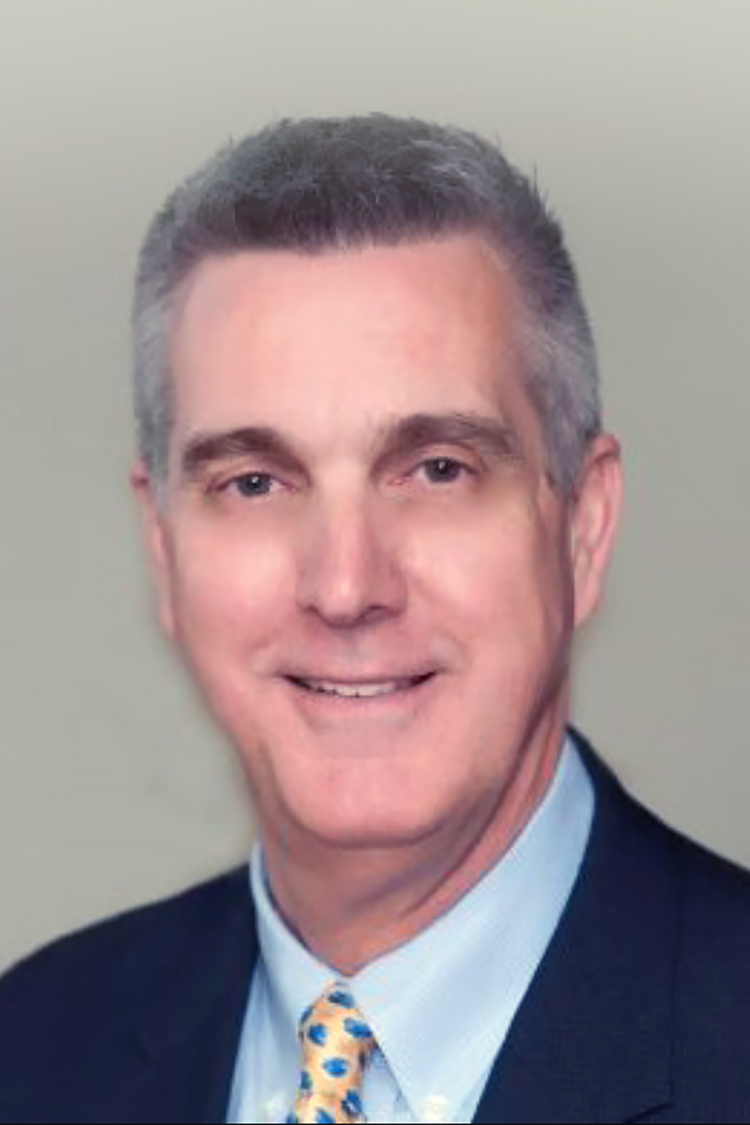What do credit union members want and need (that banks can’t and won’t deliver)?
Freedom. Freedom from being a slave to money and finances. Too many people stress about their financial situation and too many live paycheck to paycheck. Is there a way that credit unions can help with this issue? Originally, credit unions flourished because people felt they provided more control over their money than banks had provided. Historically speaking, credit unions were born out of the failure of banks to protect and take care of their customers money and hence, the customer’s financial health and well-being. Following the great depression, credit unions emerged as a means for individuals to have more say and control with how their money and life savings was managed. Very different from the old banking model.
Most Americans want a financial partner (that they can trust) to help them achieve financial health—de-stress over money and know that their financial partner has their back and is doing everything they can to be free from financial worry. We can become the industry/movement where individuals have a “partner” that is committed to helping them become financially healthy and well. But it must be more than just marketing speak or a few videos on “being smart with your money”. It requires a complete industry makeover, with unique products and services that are focused on member financial health and wellness. An operational mindset that views each member as a patient that we can help become financially fit. With staff that are trained to assist members with credit score improvement, budgeting, and spending. And, ensuring consumers’ financial health is not only a good way to do business, but it’s also a way to increase profitability and revenues. It’s a competitive differentiator and a buffer to fintech competition.
And therein lies how credit unions can be so different from banks. Banks won’t adopt many of the things credit unions do because it won’t make them money. For them, its profit over purpose. If we make our purpose the financial health and well-being of each member, we will win in the long run. Instead of using “profitable members” as a credit union success measure, perhaps we should be measuring “financially healthy” members.
How do we make member financial health and wellness real and deliverable?
Financial health and wellness have had an uneven history in financial services. The concept too often has been treated more as a feel-good exercise than a true commitment. While some of the initial approaches have been aimed at educating members about financial products, services, and money using videos, classes, seminars, etc., that only scratches the surface. We must go much further than that. Since money pervades almost every aspect of life, a disciplined and confident approach to money can achieve life-changing results. This opportunity demands more than simply adopting sales techniques based on life events. What’s needed is a full appreciation of all aspects of a consumer’s lifestyle. Members want trusted advisers who can help them navigate life’s many financial challenges.
This phrase sums up the opportunity perfectly, “Financial well-being for all is not a thing credit unions do, it is the thing credit unions do.” The good news is, we’re making some progress. Several organizations are focusing serious efforts to foster the financial health dialogue and to provide resources to help. Here are a couple: Financial Health Network, and The National Credit Union Foundation. As part of the NCUF’s efforts, several players from the credit union industry have committed to the FinHealth Fund—a new designated fund focused on improving financial well-being for all by scaling existing work across the credit union movement.
According to the recent CUNA 2022 National Voter Poll (January) shows credit union characteristics unambiguously translate to greater financial resilience and higher levels of financial well-being for credit union members.
Some credit unions are forging a path toward providing members a healthy financial life. Service Credit Union’s approach to financial health includes an app called Fin-Life, which incorporates gamification and a personalized coaching experience.









